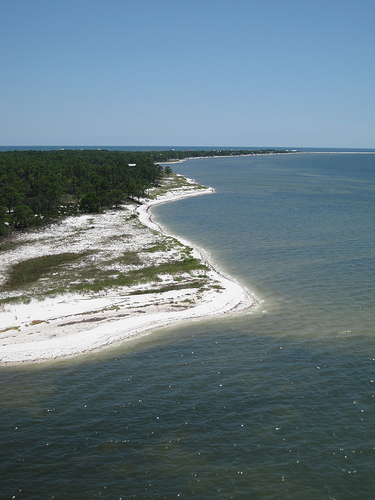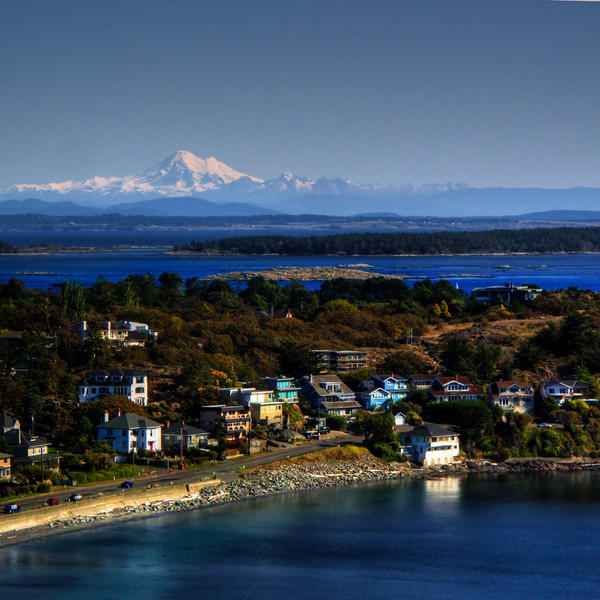Whilst US citizens are subject to various checks when returning from international travel, non-US citizens who are visiting the country are subject to significantly more scrutiny before they are allowed to enter the country.
Whilst people are generally accepting of that fact that increased security checks must be carried out, in some instances travellers are having to queue for hours just get through the necessary paperwork.

- travel to the USStuck in Customs / Foter.com / CC BY-NC-SA
Although many people continue to travel to the US, the World Bank reports that the US only accounted for 6.1% of international tourist arrivals in 2012, compared to 8% in 1995. Whilst security concerns post September 11th did account for a drop in tourist arrivals, this is no longer thought to be the only reason for the declining statistics.
Whilst the US prides itself on its attitude to tourists and visitors, the fact remains that it’s somewhat difficult to enter the country, compared with other tourist destinations. As long-haul flights become more accessible and once unstable countries become safe holiday destinations, travellers are faced with more options. If other countries and destinations are easier to travel to, it’s unsurprising that fewer people are choosing to visit the US.
However, whether the US can afford for a continued drop in tourist revenue is debatable. In addition to bringing money into the country, the tourist industry also creates over eight million jobs for Americans. The drop in tourist arrivals since 2000 equates to a drop in global revenue share of a massive 30%, according to World Bank data.
Had the US avoided these decreases, it’s estimated that there would have been $12 million more tourist visits in 2011 alone and that there would have been an addition $36 billion in international tourism receipts.
Assessing countries around the world, Lawson and Roychoudhry compared countries which require visitors to obtain a visa before they are allowed to enter the country with those that don’t. Allowing for other factors, such as population and income, they found that countries which demanded a visa from visitors received 70% fewer tourist entries than other countries.
Whilst Lawson and Roychoudhry’s research doesn’t provide a causal link, it may be indicative of a connection between the two. As the US insists that visitors from at least eighty one countries obtain a visa prior to entering the US, this may account for the declining number of tourist arrivals.
Although only a minority are likely to support removing visa requirement altogether, it has been suggested that the US visa application process could be simplified and made less time consuming. By amending the application process, the US could retain the advantages of the visa scheme whilst still benefiting from the tourist industry and an increase in tourist arrivals.
For more information on US Visas and ESTA approval visit a site like www.estafasttrack.org.uk. They will help you through the ESTA application process as well as monitor your application through to completion. ESTA is available to people in 37 different countries that are part of the Visa Waiver Programme. You can also get more information about other US Visas from the Department of Homeland Security here


